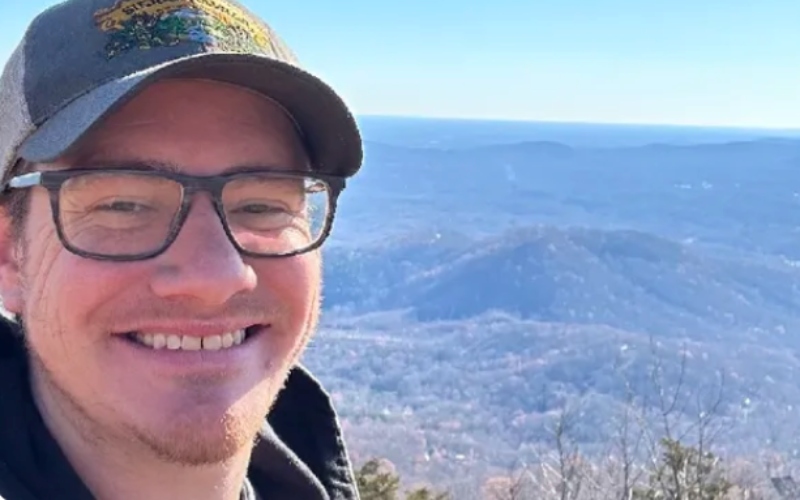Who were ‘skulkers’ and who were ‘deserters’?
Published 10:00 pm Tuesday, July 21, 2015
The Dark Corner area was a Unionist stronghold, from 1832, when Nullifiers first coined the name for the region, until the firing on Fort Sumter in Charleston Bay that marked the first volleys of the Civil War in April, 1861.
Union sentiment ran high in the mountainous area since so many of its early settlers were Revolutionary War soldiers who had been given land grants as pay for their military service. Their descendants were admirers of Benjamin Perry, who wrote many articles in favor of the Union while he was editor of the Greenville Mountaineer.
The mountain folks were fiercely independent Scots-Irish and borderline England immigrants who had a natural dislike of authority. Too often, authoritarians allowed some rich folks to pay their way out of service instead of requiring everyone to serve his place.
Trending
A common complaint from the families of young men who served in the Confederate Army was that it was “a rich man’s war, a poor man’s fight.” Ordinary people felt they were dragged into the war, not because they were strong on states rights or defenders of a plantation system economy (which they were not a part of), but they were forced to defend their homes.
As the war lasted longer and longer, getting soldiers to fight for both the Confederacy and the Union became harder and harder.
William Price, author of “The Civil War Handbook,” estimates that 83,400 Confederate soldiers deserted during the war, while 94,000 were killed in battle.
By contrast, historical military documents show desertions in the Union Army were as high as 199,000 men. Union men were paid a bounty of $30 to sign up as a soldier. Many would serve for a few weeks or months, desert, then sign up with a different unit to get another $30 bounty.
By 1863, according to W. Scott Poole’s “South Carolina’s Civil War,” the state joined with the Confederate government in tightening conscription laws, exemptions disappeared and resistance became open and violent, especially in the northwestern portion of the state.
The Dark Corner area became a refuge for resisters. As many as 500 men who resisted conscription were listed as “skulkers” (those soldiers who evaded work or responsibility) or “deserters” (ones who came to the area to resist service in the Confederate ranks).
Trending
According to Poole, they traveled together in bands of 20 to 30 men, and worked out a system that included both common labor and defense. “Relying on the protection of kin and community, who largely seemed to have found resistance to conscription laudable by 1863, resisters moved from farm to farm working one another’s land.
“Taking care to prepare for defense of their freedom and their lives should Confederate forces move against them, many of the bands used skills they had actually learned from their short time in the Confederate Army to construct defensive positions in the sparsely populated and mountainous region,” he states.
Gowens Fort (location of the old “Gowensville House” above Emery Creek on Hogback Mountain Road on the north side of South Pacolet River, not the revolutionary fort location on Blackstock Road), Hogback Mountain, Jones Gap, Caesars Head, Table Rock and Potts Camp all became fortified positions for the resisters.
Eventually, a movement came from Confederate Army officers to do something about the resisters at Gowens Fort. Colonel John Ashmore was in charge of the Fourth South Carolina Regiment at the time. He announced that he would come and arrest them.
According to local stories, the “skulkers” and “deserters” at the fort site had gotten hold of some munitions, and using some of the skills they had learned in the military, built a rough stockade to protect themselves. They sent word to Colonel Ashmore to come get them.
Colonel Ashmore arrived with a contingent of men and a cannon, which he positioned before the gates of the rough stockade. After a live demonstration of cannon power, 502 “skulkers” and “deserters” filed out of the fort, ready for a military review or outright courts martial.





